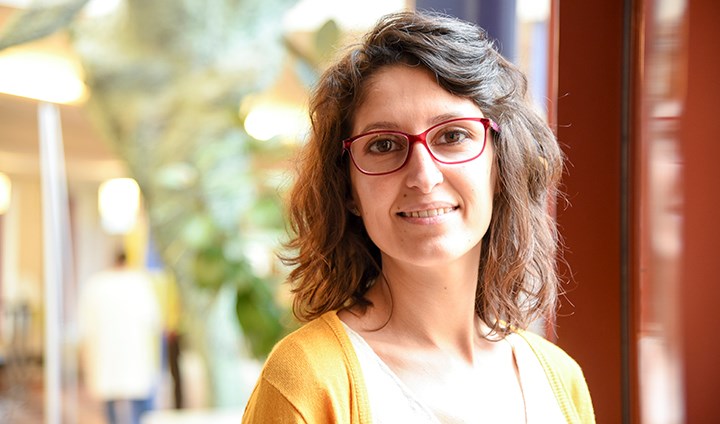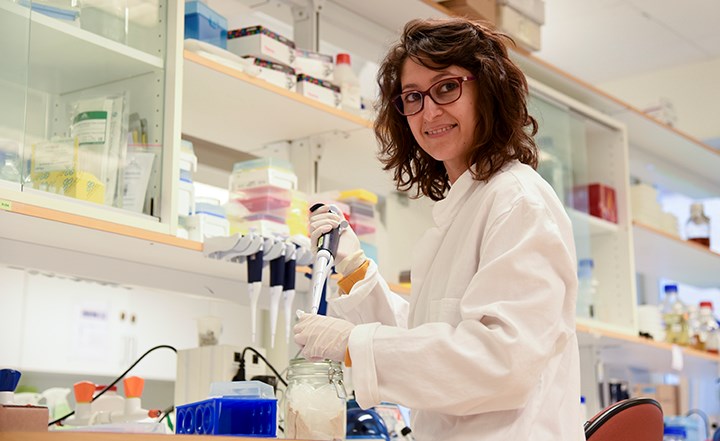Improved taste and appetite with the help of bacteria

Alba Cuecas
Our mouths are full of bacteria and Örebro researcher Alba Cuecas is studying how they affect our taste buds. The next step is to help people that have an impaired sense of taste and loss of appetite.
Alba Cuecas is part of the university’s strategic initiative Food and health. She received her PhD in Sevilla, Spain and has conducted research on how different bacteria react at different temperatures. She has studied bacteria in different environments, like in hot springs.
This is basic research that can be applied in order to understand what can happen as a result of climate change. It may also be used to regulate temperature within the food processing industry with regards to bacteria.
“This may be due to medical treatment, disease or age. If we can give them their sense of taste back, this could also lead to them eating better,” says Alba Cuecas, researcher in microbiology at Örebro University.
She is mapping out what bacteria exist on the tongue using DNA analysis. The next step is to connect the various bacteria with the tastes of saltiness, sweetness, bitterness, sourness, and umami. To make this possible, she will be using bioinformatics, machine learning/AI and sensory analysis.
Taste tests and artificial intelligence
“I will have different people do taste tests, while at the same time studying what bacteria they have in their mouths. To determine, for example, which bacteria are more prominent in the mouths of those who have a heightened ability to taste saltiness and bitterness.”
“Machine learning makes it possible to search for patterns, helping to reveal relationships that would otherwise be difficult for us to discover,” says Alba Cuecas.
The project is an example of interdisciplinary research that combines microbiology, sensor analysis and machine learning. Alba Cuecas will have the support of other researchers from the various fields: Jana Jass, Åsa Öström, Amy Loutfi, Stefan Wennström and Dirk Repsilber.

Text and photo: Linda Harradine
Translation: Jerry Gray
